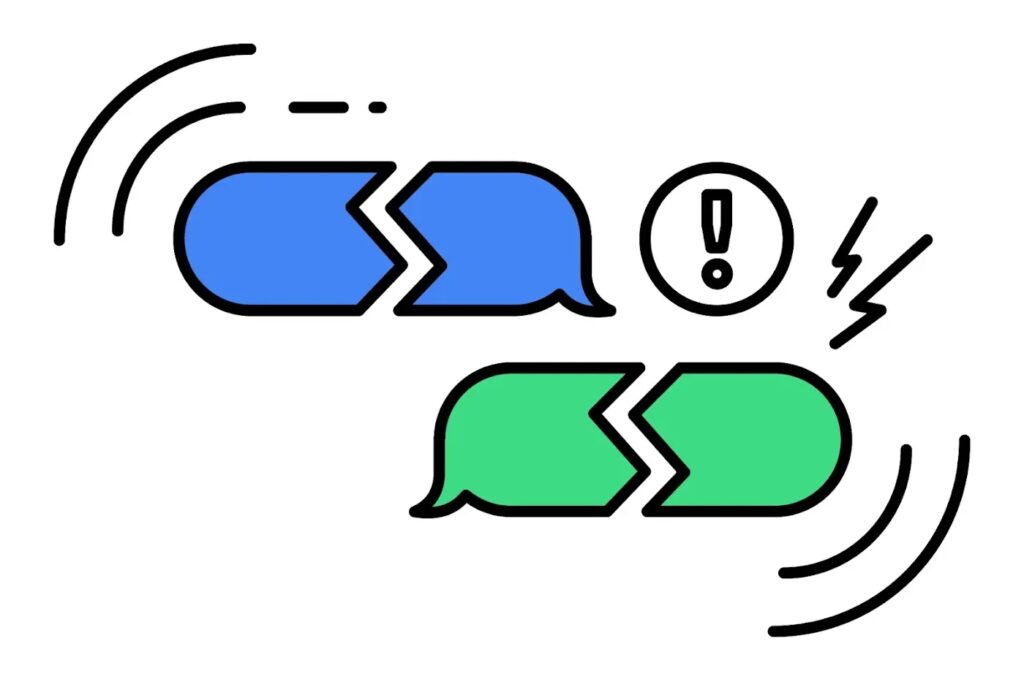Google ditched the classic SMS/MMS messaging protocol with RCS, which makes texting other Android users feel a lot more streamlined – and after literally years of campaigning from Google, Apple is finally going to adopt it too.
Text messages are still a popular way of communication, although it seems like they are being slowly overtaken by social media messaging sites such as Facebook Messenger, WhatsApp and Telegram.
With that in mind, Google switched from the original SMS messaging protocol to the RCS platform for Android-to-Android chats, and following a lot of encouragement from Google, Samsung and even the EU courts, Apple has also agreed to support it across all iPhones via a software update that’ll come in 2024.
Intrigued? You should be. Here, we cover everything you need to know about RCS messaging, including what it is and which handsets support it.
What is RCS messaging?
RCS stands for Rich Communication Services. It was developed to replace the now ageing SMS and MMS messaging services. It first launched in 2007 and was then taken over by the GSM Association in 2008, with Google claiming that it was going to integrate the service onto the Android platform in 2018.
RCS works over Wi-Fi or mobile data and can only work when all participants in the conversation have access to RCS.
Why is RCS better than SMS?
RCS is a lot more capable and flexible than standard SMS messaging. It’s similar to popular messaging services like WhatsApp, implementing features like read receipts, GIFs, and emojis. It can also show when a user in the chat is active or currently typing.
RCS does not come with a character limit and allows users to send files and media without having to pay those MMS charges, making it a lot more accessible – and, crucially, cheaper – than SMS.
Most importantly, SMS is severely outdated compared to RCS, with systems created way back between 1992 and 2002 that just aren’t as secure as we’d like them to be in 2023.
Do Apple products support RCS messaging?
The main issue with RCS implementation is that Apple has not moved over to Google’s latest standard – not yet, anyway. Apple’s iOS uses its own standard when communicating through two iPhones, iMessage. iMessage has all of the features of RCS, including read receipts and emojis.
However, iMessage is only supported through two iOS devices. This means that when an iPhone user sends a text to an Android handset, it uses the standard SMS protocol, not RCS. This results in messages lacking some of these core features, and can make sending text messages feel a lot more cumbersome than using another dedicated third-party messaging service.


At the last Google I/O Developers conference in early 2023, Google encouraged Apple to move over to the modern RCS standard to make communication between these two platforms easier and more streamlined. There have also been cries of support from brands like Samsung and Nothing over the past few months, adding to the pressure.
Then, finally, in November 2023, Apple relented and agreed to add RCS support to iPhones via a software update sometime in 2024. “We believe RCS Universal Profile will offer a better interoperability experience when compared to SMS or MMS,” an Apple spokesperson told 9to5Mac. “This will work alongside iMessage, which will continue to be the best and most secure messaging experience for Apple users.”
There are still a lot of questions to be answered, like whether this means that Android chats will ditch the horrible azure green bubble that has been synonymous with Android chats on iPhone for the past few years. Apple also refused to discuss whether iMessage features like ‘liking’ or sending messages with visual effects like invisible ink will be supported.
Still, it’s an exciting move that will remove the barriers between iOS and Android chats once support rolls out in 2024.
